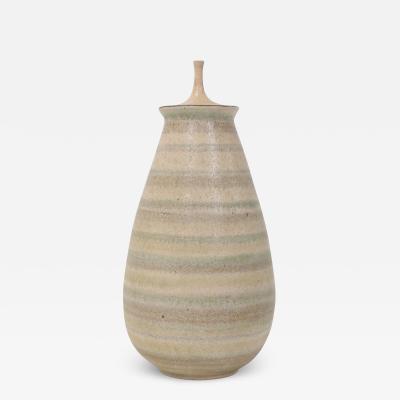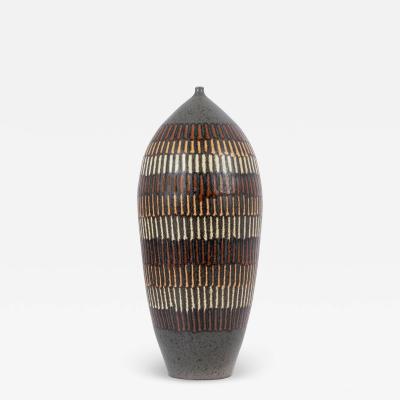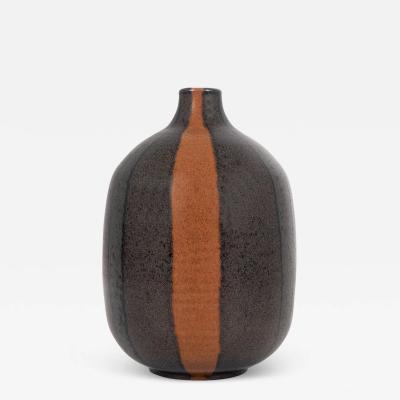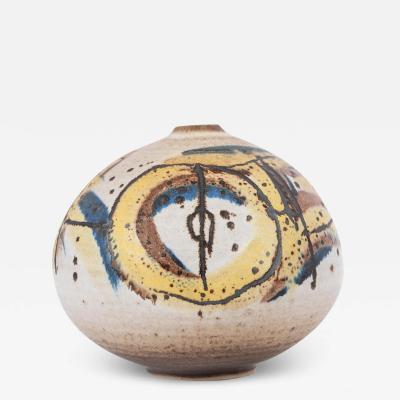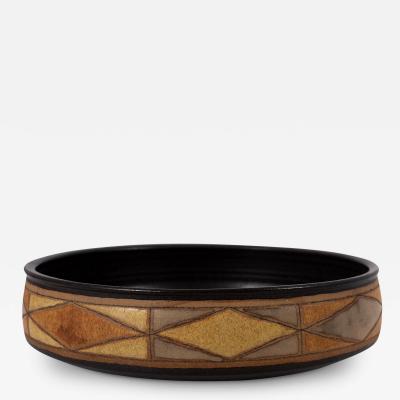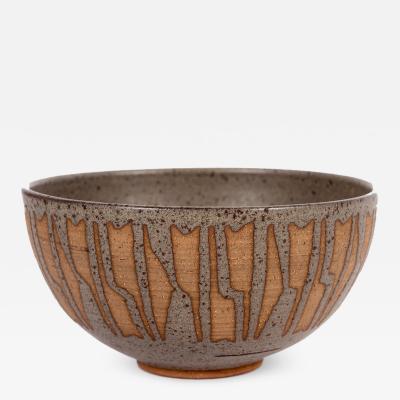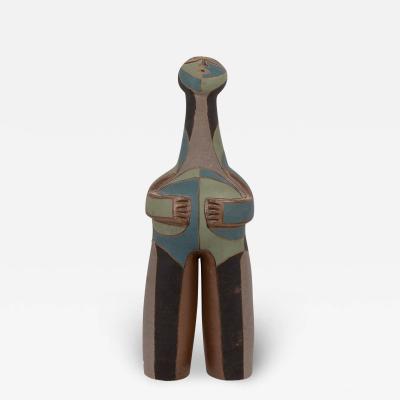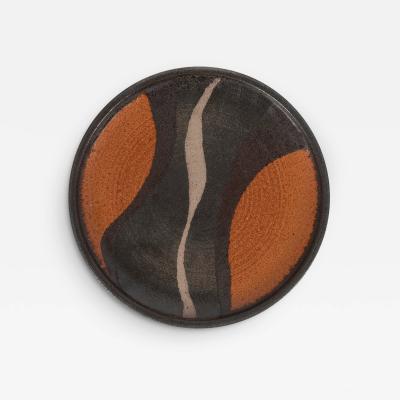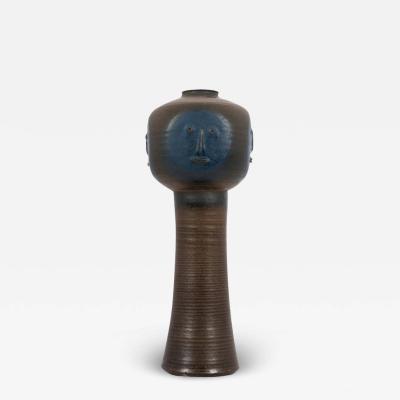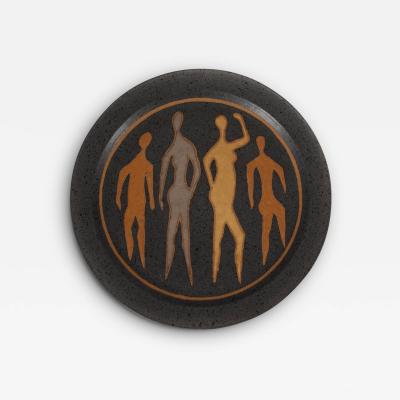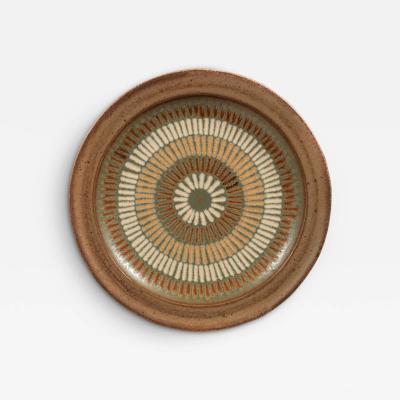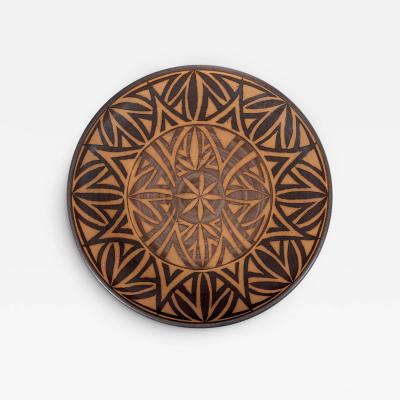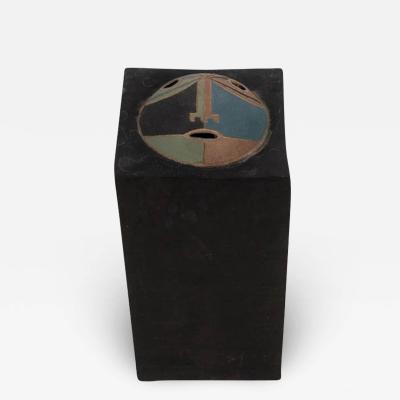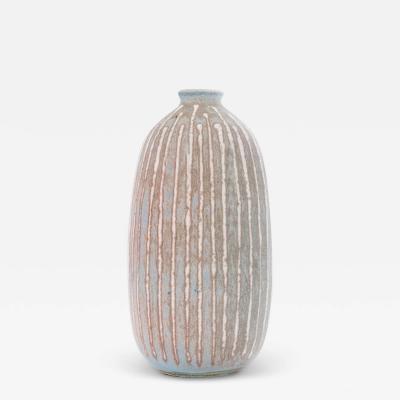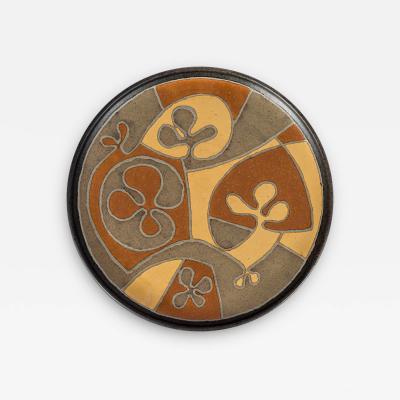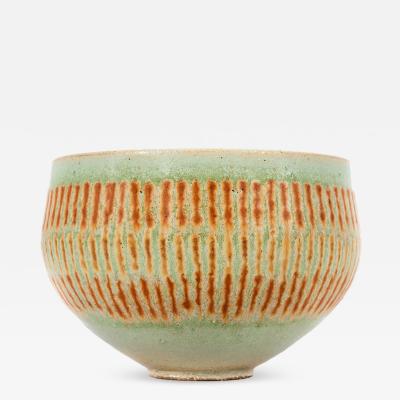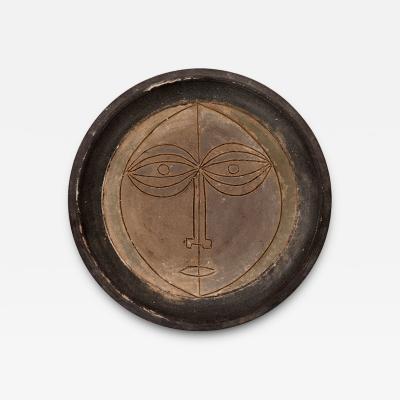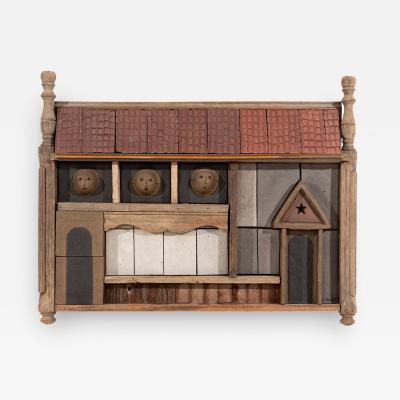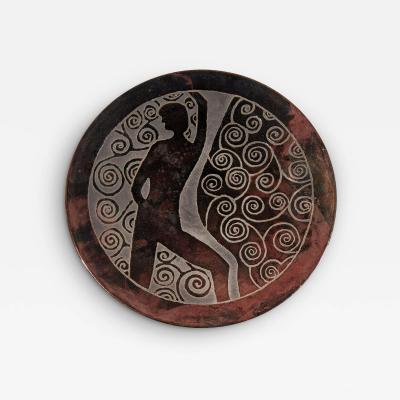Clyde Burt
American
Clyde Burt (1900-1981) was an American potter and ceramist who played a significant role in the development of American ceramics in the mid-20th century. He was born in Ohio and studied at the Cleveland School of Art, where he became interested in pottery.
In the 1920s, Burt moved to New York City and worked as a decorator for various pottery companies. He became involved in the Greenwich Village art scene and began making his own pottery, experimenting with glazes and forms. In the 1930s, he worked at the Cowan Pottery Studio in Ohio, where he created innovative forms and glazes that earned him national recognition.
Burt's work is characterized by its clean, elegant lines, simple forms, and soft, earthy colors. He was particularly known for his matte glazes, which he developed by mixing raw materials to create unique and subtle hues. His work was heavily influenced by Asian ceramics and the Arts and Crafts movement, and he often incorporated natural motifs such as leaves and flowers into his designs.
Burt taught ceramics at a number of institutions throughout his career, including the Cleveland Institute of Art and the Cranbrook Academy of Art in Michigan. He was also a founding member of the American Craft Council and played an important role in the development of the American studio pottery movement. Today, his work is highly prized by collectors and is represented in major museum collections around the world.
In the 1920s, Burt moved to New York City and worked as a decorator for various pottery companies. He became involved in the Greenwich Village art scene and began making his own pottery, experimenting with glazes and forms. In the 1930s, he worked at the Cowan Pottery Studio in Ohio, where he created innovative forms and glazes that earned him national recognition.
Burt's work is characterized by its clean, elegant lines, simple forms, and soft, earthy colors. He was particularly known for his matte glazes, which he developed by mixing raw materials to create unique and subtle hues. His work was heavily influenced by Asian ceramics and the Arts and Crafts movement, and he often incorporated natural motifs such as leaves and flowers into his designs.
Burt taught ceramics at a number of institutions throughout his career, including the Cleveland Institute of Art and the Cranbrook Academy of Art in Michigan. He was also a founding member of the American Craft Council and played an important role in the development of the American studio pottery movement. Today, his work is highly prized by collectors and is represented in major museum collections around the world.
